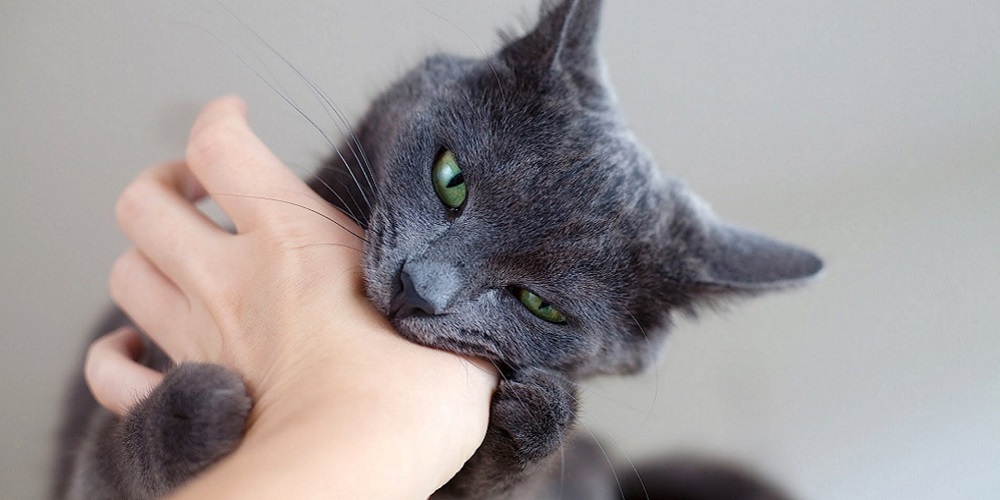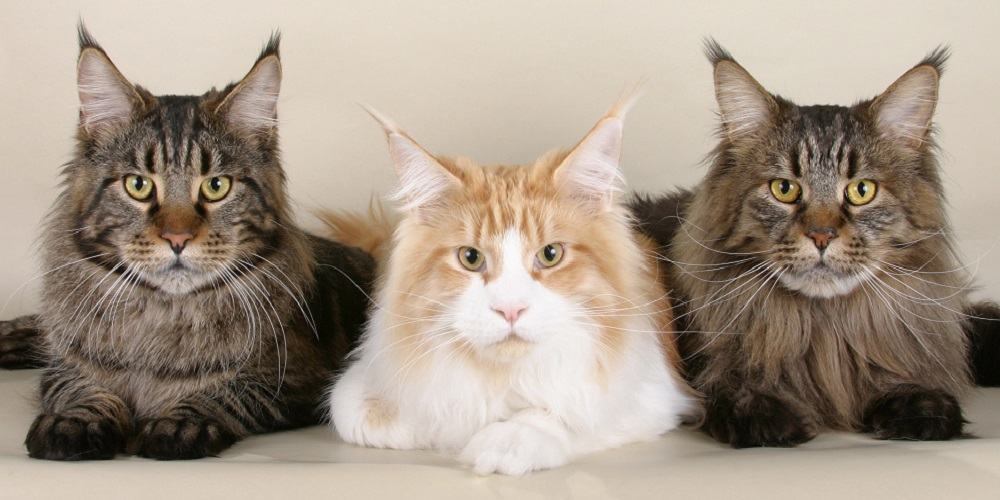
Do you already have a feline companion, or are you planning to have a furry wonder at home? Then, on this page, you will find helpful information about indoor cats! How to organize your pet’s home so that it feels comfortable? What to feed, how often to change the litter box, and other necessary tips for you and your cat!
Optimal nutrition for your cat
- We recommend buying only high-quality cat food. The ingredients are usually balanced relative to the kitten’s age, as age, activity level, and health affect daily food intake.
- Fresh water is a must. Change the water in the bowl daily so the animal can always quench its thirst with clean water. After looking over our articles about cats and cats in detail, you can use the knowledge gained on your pet with benefit.
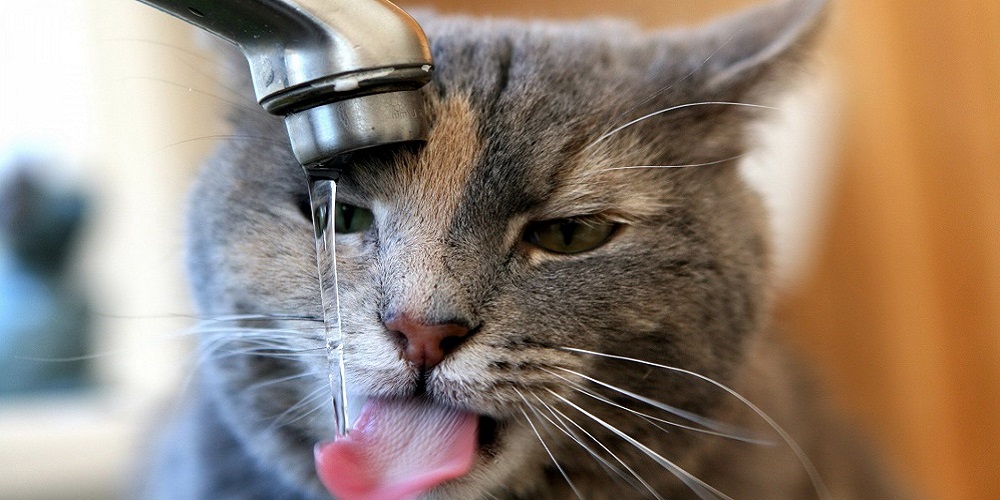
- Cat treats should comprise 5-10 % of the diet. Some people may feed baby formula to a kitten if it refuses food. Read the packaging carefully: if the product contains onion or garlic powder, the pet may be poisoned.
- The food you choose should be as balanced as possible: cats constantly need essential amino acids (which are very important for the heart and eyes), such as taurine.

General tips on keeping and caring for cats
- Most cats, by nature, stay relatively clean and rarely need baths, but we recommend brushing and combing your cat regularly. Frequent brushing helps comb out excess hair, which benefits the shaggy animal. You can find helpful tips on bathing your pet on our website about cats.
- Your pet should have its place: always clean and dry. Cats prefer to use a towel or a warm blanket as their bed.
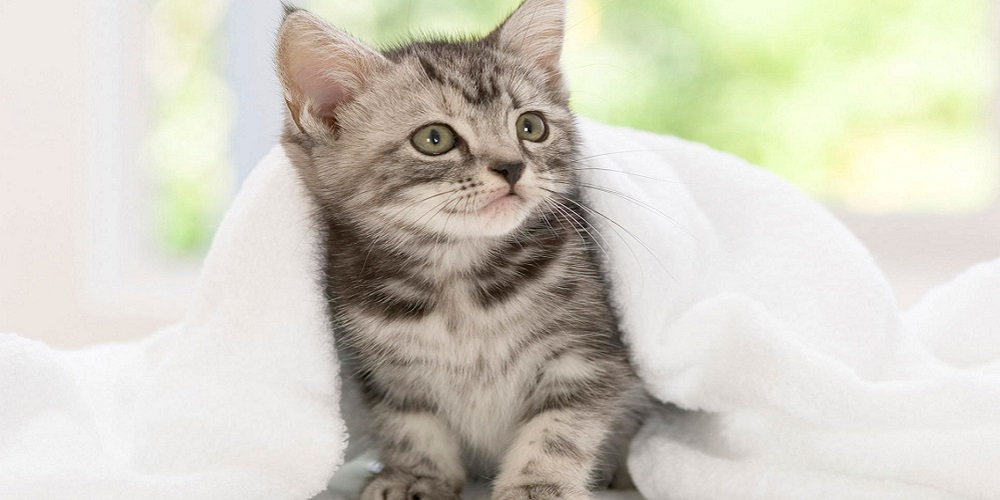
- We suggest you keep your pet indoors because if the animal is often outdoors, the health risks increase significantly: possible injuries, fights with street cats, and stray dogs – all these are potential risks. If you decide to let your pet out on the open road, we recommend you worry about identification. The most common identification is a collar with the owner’s phone number.
- All cats in the house need their litter box. Avoid moving the litter box frequently—it should always be in the same place. Cats will not use a dirty litter box, so you should periodically change the sand or litter. Try to clean the litter box once a week with a cleaning agent (no ammonia, lemon, or other pungent odors).
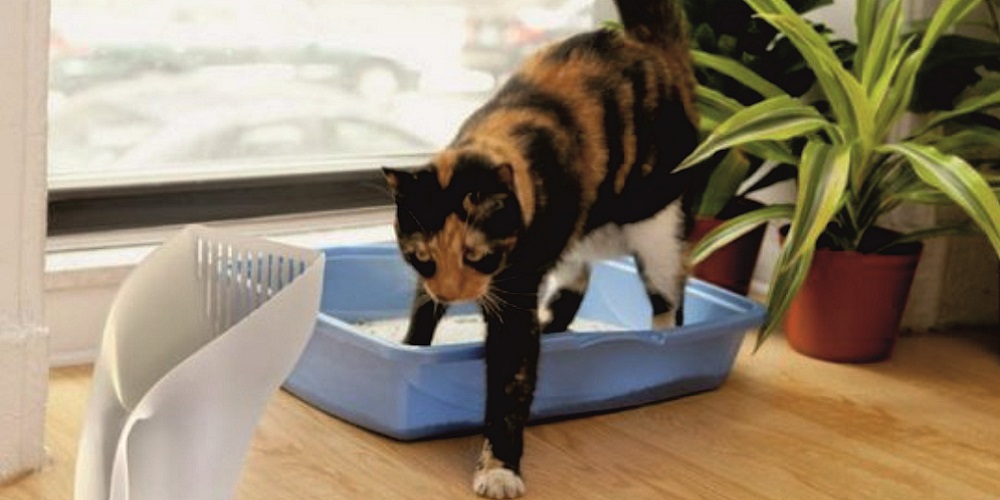
Any breed of cat needs a scratching post.
Many owners need to realize one important rule: a cat must scratch. When a cat scratches, the old outer shell is removed, revealing new, smooth claws! You can buy a scratching post in any pet store or make one yourself. In this case, the device should not sway during its use, i.e., it should be pretty stable and have a rough surface (you can use burlap or oak bark).
Ðаши Ñтатьи о кошках непременно помогут вам разобратьÑÑ, какую именно когтеточку нужно выбрать, как за ней ухаживать и как правильно крепить!

Diseases of cats
As a cat “parent,” every owner should be able to recognize the signs and symptoms of common illnesses and follow them up with a visit to the veterinarian. Pets can contract “human” diseases, including cancer, diabetes, worms, upper respiratory infections, etc.
It is worth remembering that a cat’s disease can negatively affect your health or the health of family members; for example, intestinal parasites – worms in the animal are dangerous for humans. Please treat and prevent the cat’s disease quickly.

Aggression in cats
In addition to physical illnesses, psychological illnesses can also occur in a pet. The most common problem is aggressive behavior. Although cat aggression is less common due to its small size compared to humans, an angry cat may attack a human.
By learning more about cats, you can see that they can bite or inflict painful, deep wounds, which can lead to infection.

If a cat with aggressive behavior lives at home, inviting friends for a visit becomes problematic, as it can pose a danger. What is aggression? Aggression is a threatening behavior directed at humans or other animals. A cat owner needs to be able to “read” the animal’s body language; this will help find a common language with the pet. You can read valuable tips on dealing with aggressive behavior on our pages.
